Things I got to learn travelling Rajhasthan on a cycle
Rajasthan, not only the largest state in India in terms of land area but also rich in cultural diversity, portrays a unique blend of traditions. Situated in a desert-prone region, the economic conditions lag behind the national standards, impacting the lifestyle, leaving it almost two decades behind the rest of the country. Many age-old traditions that existed before independence continue to persist in this region. The challenging desert conditions have hampered progress, reflecting in the way of life.
During my extensive 30-day cycling journey across Rajasthan, I had the chance to observe firsthand the ground reality of this underdeveloped state. These observations are presented with an attempt to minimize bias, though I acknowledge that some inherent biases might stem from my mode of travel and personal background. It’s encouraged to conduct further research for a comprehensive understanding.
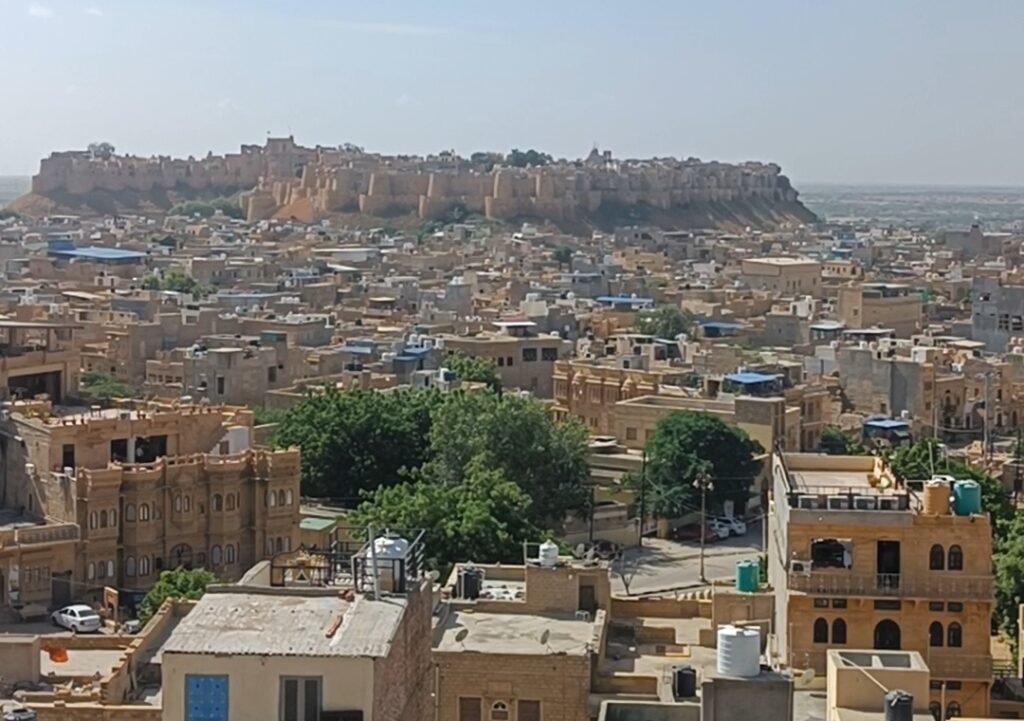
Finance is freedom
In Rajasthan, the prevailing belief centers around defining a successful life as one where an individual secures a stable, preferably government, job and provides a high standard of living for their family, significantly above the state’s norms. Given the prevalent poverty in the state, economic independence is often seen as the key to success. Individuals who earn a substantial income are highly esteemed, in contrast to those with limited financial means. During my journey, I frequently encountered inquiries about my earnings and received suggestions to return home and prioritize a stable income. Rajasthan has a higher proportion of its population living below the national poverty line compared to many other states in the country.
Low literacy rate
Education in Rajasthan lags behind, making it the third least literate state in India. Higher education, especially obtaining a bachelor’s degree, is a rarity. Many individuals enter the workforce at a young age to support their families. Notably, a significant number strive to become school teachers, opting for the BSTC (Basic School Teaching Certificate) course. There’s a prevalent belief that government jobs, pursued through competitive exams, offer the most stable future for their families. English language proficiency is limited among school children, as Hindi is predominantly used as the medium of instruction. Moreover, the focus is often on basic skills like arithmetic to prepare them for setting up small businesses rather than encouraging self-expression, art, and education.
Attitude towards tourists
Rajasthan proved challenging for me during my travels, as I received minimal assistance from the locals. Community service isn’t a prevalent concept, leading to a lack of willingness to help travelers. The prevailing focus on monetary gains is evident in the way vendors and shopkeepers often overcharge tourists for goods and services. Regrettably, I experienced instances of being deceived while purchasing clothes and food throughout my journey in the state.
Age of marriage
A significant portion of Rajasthan’s population still adheres to the tradition of early marriage, with children below 18 often engaged and later wedded. This practice represents a more subtle form of child marriage. Typically, men are wedded by the age of 21 and women by 19. It’s also quite usual for a man to have three children in the family by the age of 26 to 28. I was informed by numerous individuals that those who remain unmarried past the age of 35 are regarded as outliers in society, often excluded from family events and festivals.
General attitude
In addition to the focus on earning, there’s a prevalent attitude of frugality and saving in Rajasthan. Many people are known for being extremely careful with their expenses. If you inquire with individuals from neighboring states like Haryana, Gujarat, and Uttar Pradesh, they’ll often mention that the Marwadis in Rajasthan are notably thrifty. This characteristic is also said to reflect in their appearance—many appear lean and malnourished compared to individuals in states like Gujarat (you can read more about this in the mentioned article). It’s even noted that they save on something as fundamental as the number of rotis they consume.
Discrimination
Building on the observations in Gujarat, caste-based discrimination in Rajasthan surpasses it significantly. Discrimination based on caste is prevalent in various parts of the state, where individuals from lower castes, despite higher education, are often made to sit on the ground when interacting with uneducated individuals from higher castes who sit on chairs. Some lower caste members are still confined to traditional professions of their forefathers, like playing music for begging (read this article) or working as ironsmiths (read this article).
The government acknowledges that Rajasthan has the highest level of Dalit oppression in the country. Brahmins adhere to rituals that prevent Dalits from touching them or entering their homes. If a Dalit touches a utensil, it is considered impure for others to use. Harijans, belonging to the lower caste, are segregated from higher caste individuals even during meal times.
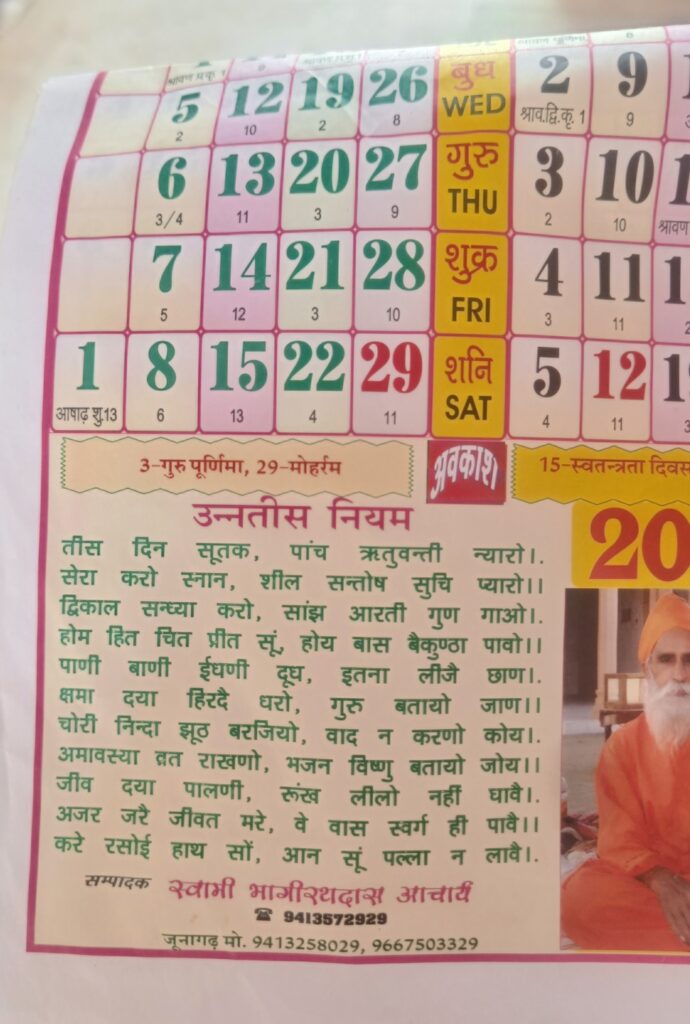
In Jodhpur, Brahmins are considered to be the most traditional and elite, often invited across the country to establish temples and conduct prayers. The unique turban styles worn by individuals also serve as an identity card, signifying their caste. Women in Rajasthan typically dress in full-length garments, covering themselves from head to toe, especially when venturing out in public or receiving visitors at home.
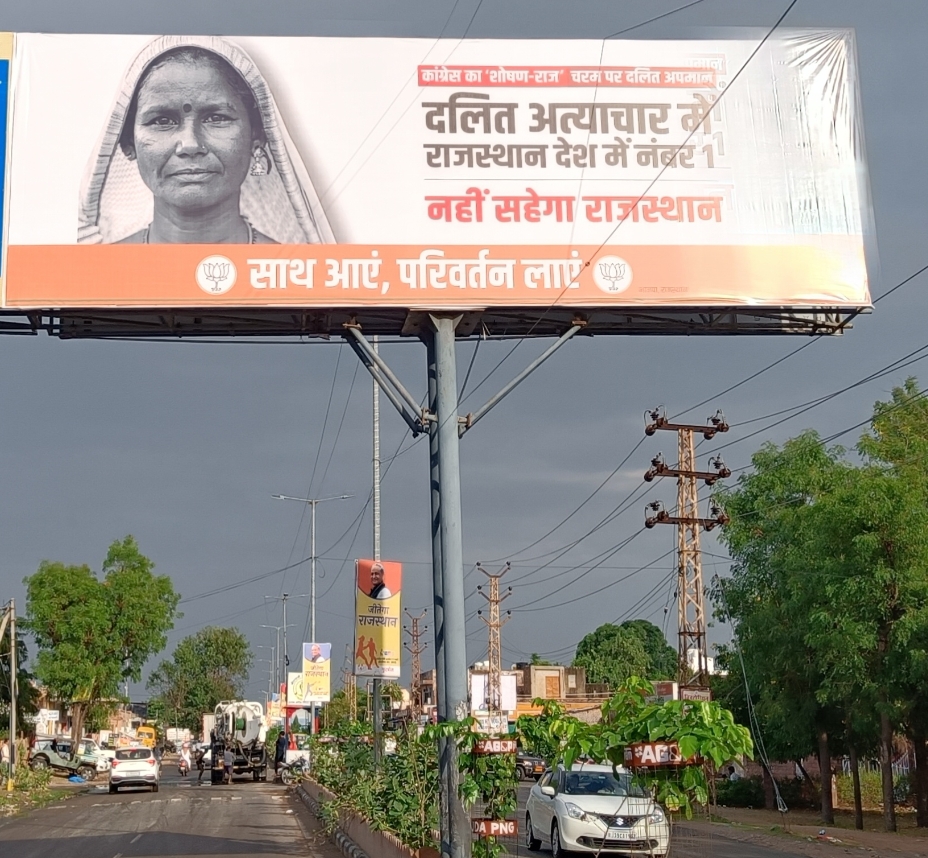
Issue with drugs
In the western region of Rajasthan, there is a prevalent and concerning issue of opium consumption, known as “Afim.” This drug is easily accessible and widely consumed, from local tea shops to religious temples. It has become a pervasive addiction, with individuals spending up to 1500 rupees per day, often giving up a significant portion of their earnings to sustain their habit. Astonishingly, during weddings, it is customary to allocate considerable amounts, sometimes in lakhs of rupees, to provide opium to all attendees.
Moreover, the state grapples with the smuggling of various drugs, including Mephedrone and crack, further exacerbating the drug-related challenges in the region.
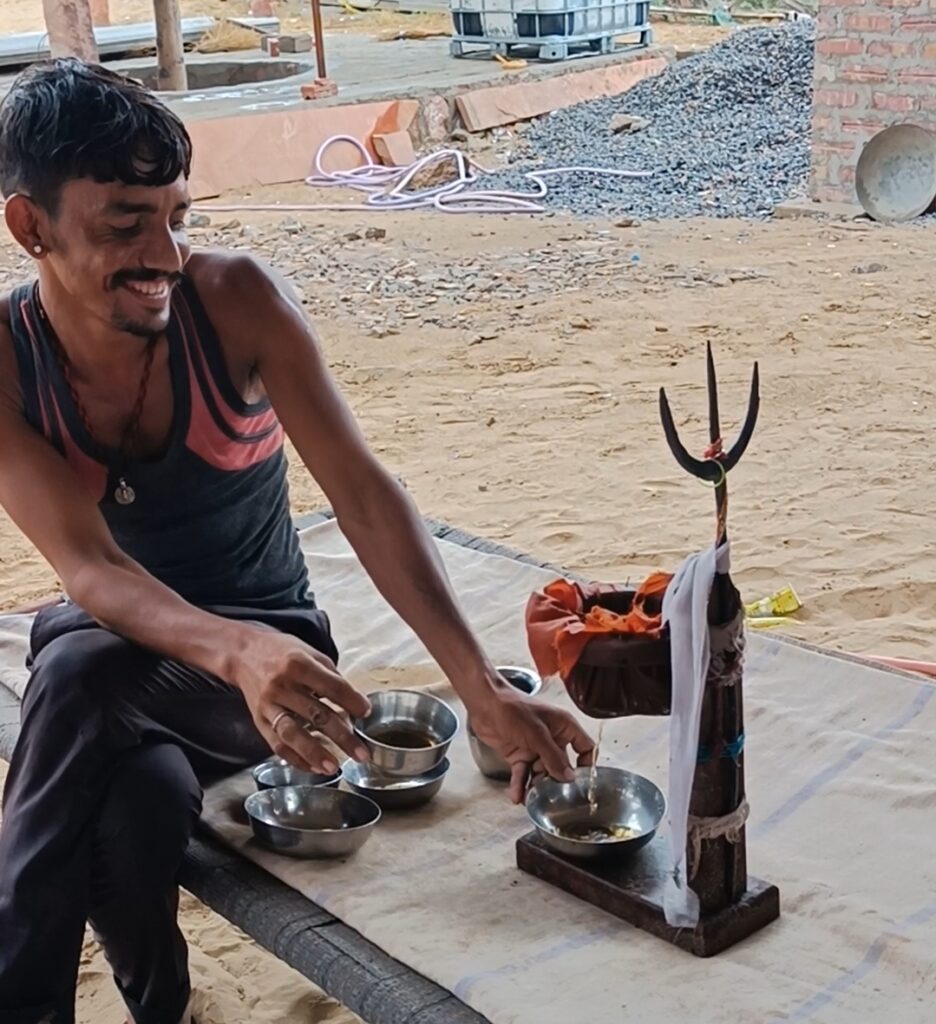
Food
Contrary to the vibrant and diverse attire that Rajasthanis adorn, the belief that Rajasthani cuisine is extravagant doesn’t hold true universally. The eating habits here follow a simple pattern, with people typically having two meals a day, both consisting of Roti (bread) and a vegetable subzi (curry). Kachri, a wild cucumber, and Sangri, desert beans, are commonly consumed alongside Bajra millet rotis throughout the state. As one ventures towards Jaipur and the eastern regions, the cuisine tends to offer slightly more nutritious options. Ghee, derived from cows, is a fundamental ingredient used in every meal.
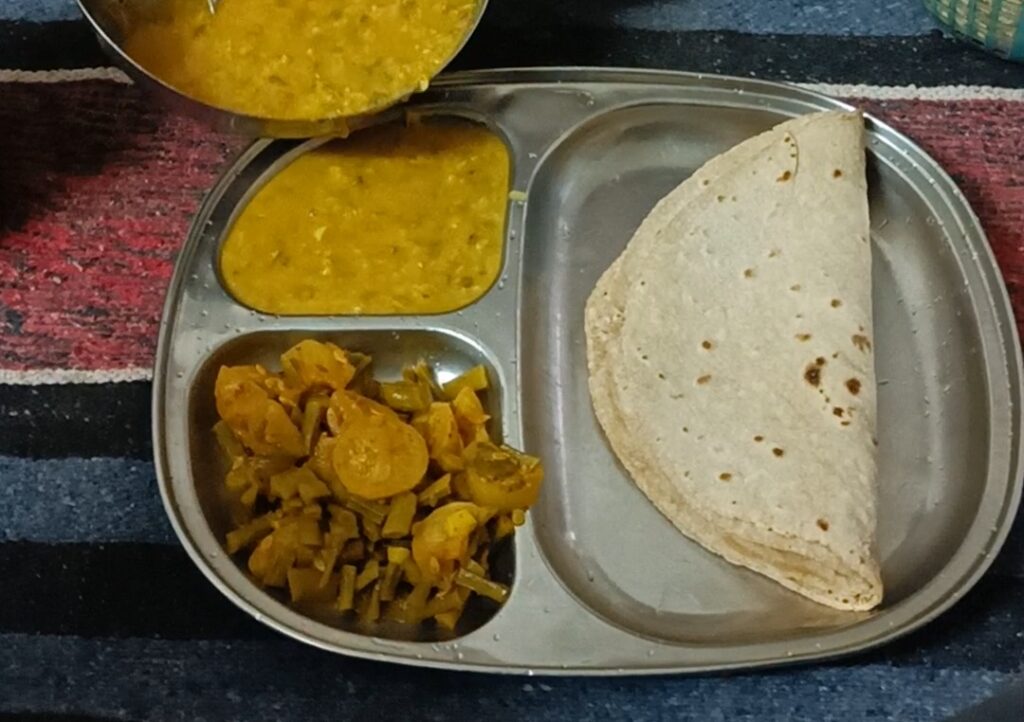
Infrastructure
The lack of effective drainage systems in Rajasthan is strikingly apparent. Drainage runs openly next to houses and buildings, frequently overflowing onto the roads. The state relies on outdated gutter drainage systems, without a modern underground network in place.
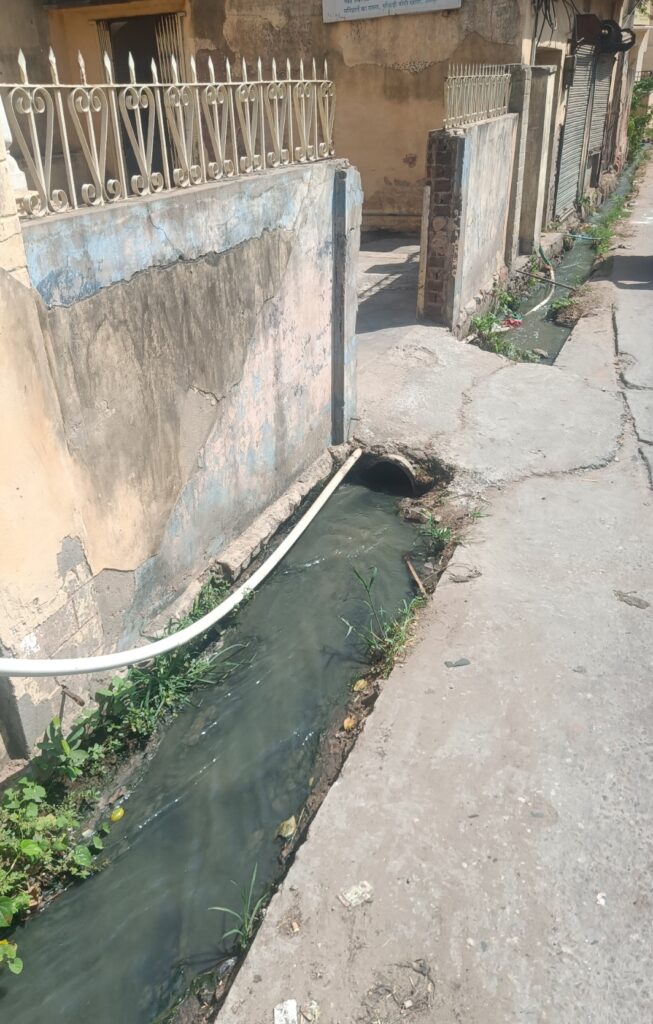
On the whole, Rajasthan left me somewhat disappointed as a travel destination, except for its significant positive: its captivating tourist spots, such as Jaisalmer, Jodhpur, Pushkar, Ajmer, and Jaipur. Among these, Jaipur stands out as the only well-developed city in the entire state. The rich traditions passed down through generations are a unique and beautiful aspect to observe from an outsider’s perspective, attracting a significant number of both domestic and international visitors. If there are points I’ve missed or if you have insights to correct or share, please feel free to comment below. For summaries of other states, visit this page.
I am a 31 year young PhD graduate who has decided to travel the length and breadth of India on my cycle, to document the journey of meeting a vast array of people. In my journey, I intend to understand the characteristic features of the people of this nation and categorize them based on their demographics, age, profession, gender, traditions, and cultural differences.
Amazing, keep it up 👍👏